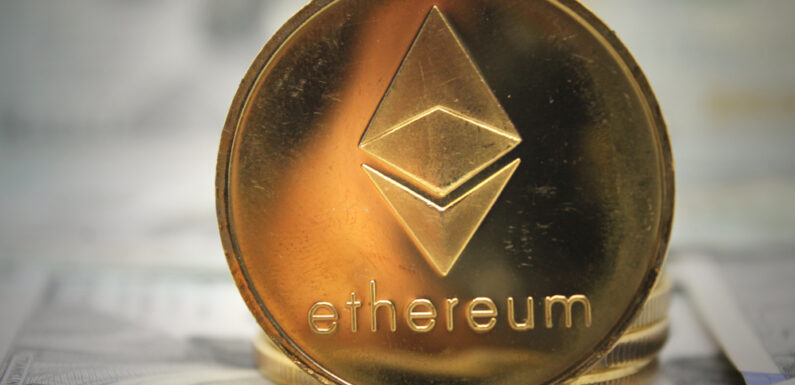
A recent report from CLabs, the team behind Celo, outlined a slew of good news revealing that the blockchain firm plans to return to the Ethereum network. The proposal inked to the Celo community illustrated that the CLabs blockchain would migrate from an independent EVM-compatible layer-1 blockchain to the Ethereum layer-2 scaling solution in the coming days.
The proposal was formulated at Celo’s governance forum, where the key stakeholders outlined the steps for the impending transition to the Ethereum network. The Celo team agreed to leverage the OP stack when transitioning to the Ethereum layer 2 network.
Celo Blockchain Migrates to Ethereum
In the previous discussion, the Celo and Ethereum team agreed to utilize the OP stack technology to migrate the Celo blockchain. At the meeting, the project team claimed that the proposed blockchain would have a decentralized sequencer connected to Celo validators which supports the performance of Byzantine Fault Tolerance consensus.
Remarkably the OP stack utilizes advanced technology to monitor the composability capabilities of the tooling and libraries during system upgrades. This feature will enable the Celo developers to leverage the Ethereum tooling and libraries in the incoming transition.
Referring to the critical differentiators highlighted the Celo team agreed to maintain relatively low transaction fees by introducing an off-chain data availability layer backed by EigenLayer and EigenDA. Interestingly to maintain the friendly cost, the Celo team’s data availability layer will be supported by the EigenDA, which will later introduce the danksharding features to Ethereum.
Benefits of Celo Blockchain
Consecutively the Ethereum node operators will operate the said data availability layer while the restaked Ether (ETH) will be used to enhance protection of the digital assets. Despite the migration to Ethereum, the CLabs plans to adopt a design that supports the Celo block-1 finality.
Considering the difference between Layer 1 and Layer 2 blockchain networks, the Celo community still plans to adopt the self-sufficient Layer 1 network. Unlike the layer 2 network, which supports the performance of the layer 1 blockchain.
Beyond this, at the governance forum, the Celo team agreed to continue supporting prosperity for all while adopting the latest technical upgrade. The team anticipates that returning to the Ethereum network will strengthen the Celo ecosystem by improving financial inclusivity and supporting the growth of Web3.
According to the proposal, migrating to the Ethereum layer 2 networks will provide the Celo user multiple benefits. The proposal suggested that the Ethereum network and Ethereum virtual machine (EVM ) compatibility technology will boost the developers’ experiences. The Ethereum ecosystem will also provide the community with improved security and liquidity sharing between Celo and Ethereum network.
Overview of Celo Blockchain Perfomance
The development will ensure that the gas fees remain at a low cost. Irrespective of this, the proposal will be reviewed on July 21, when the Celo team will provide additional inputs. The CLabs confirmed the migration to the Ethereum network would have minimum impact on the end users.
The report revealed that the tokenholders of CELO will retain their voting powers on the governance call. Besides the voting powers, the CLabs team confirmed that the community could pay for gas using the CELO token. The blockchain company illustrated further the nature of the transition to the Ethereum network, which might affect the Celo ecosystem.
The development will improve liquidity sharing between Celo and other networks, which might yield additional costs for acquiring sequencers. A close analysis of the proposal illustrated that it was still unclear whether the sequencers’ rewards would blend with the existing rewards on the validators.
Besides the migration to the Ethereum network, the Celo team has been working on creating more block space crucial for Web3 adoption. In March, the blockchain company invested in improving the functionality of its mobile experiences. This development aimed at integrating revolutionary tools and enhancing functionality to bolster its mobile experiences.
The Celo team vowed to remain relevant in the flooded blockchain sector by onboarding more people to the crypto space. Presently Celo is pursuing to expand to developing economies with high demand for payment solutions.



